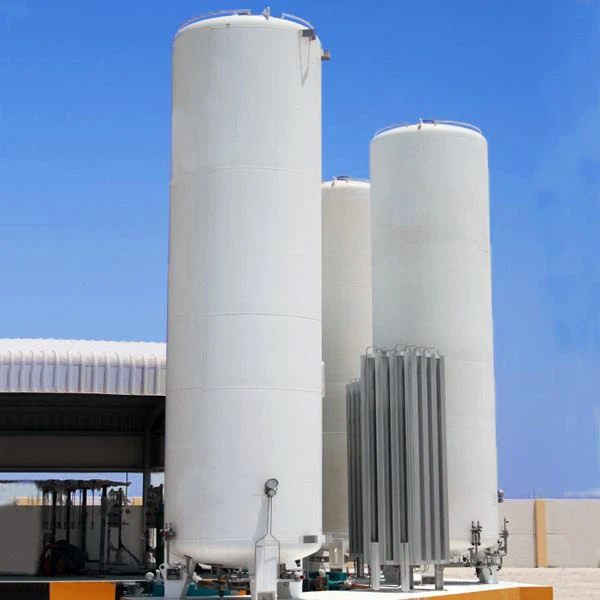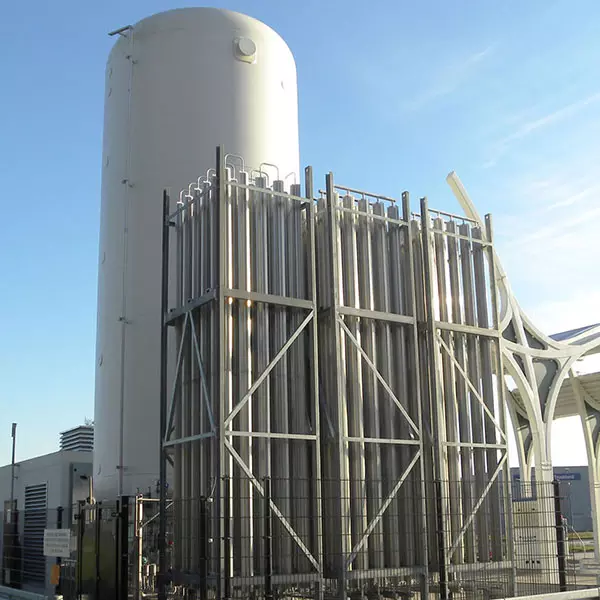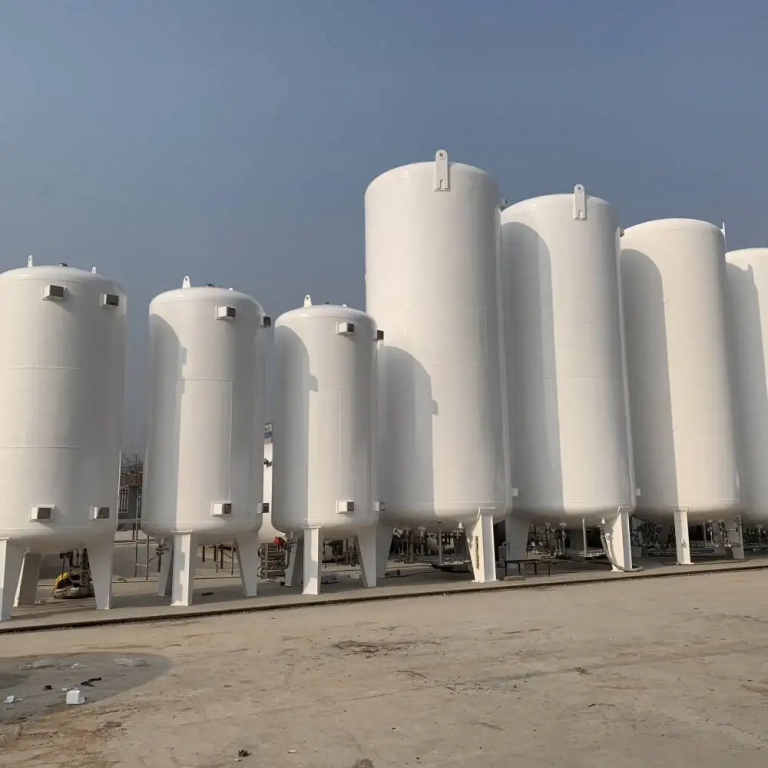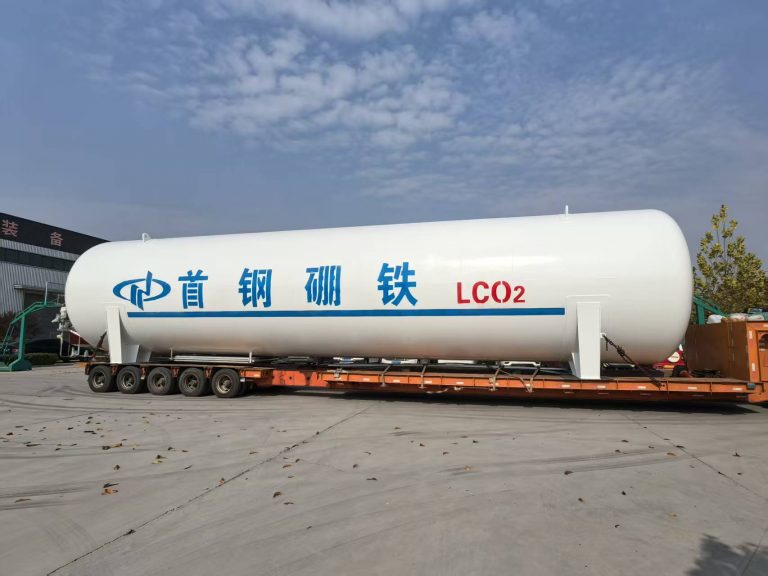1.Safety Inspection Protocols for Liquid Oxygen Storage Tank Facilities
Teams using liquid oxygen storage tank equipment shall establish inspection procedures and criteria based on container count and safety conditions. They must regularly review and ensure compliance with safe operation standards, identify and mitigate hazards, investigate potential risks, and implement preventive measures to avoid incidents.
2.Liquid Oxygen Storage Tanks
Safety inspections conducted by the team headquarters and user teams shall adhere to the principle of combining regular inspections, random spot checks, and daily patrol inspections. Inspection records shall be carefully maintained, and the handling and implementation of issues identified during inspections shall be supervised and urged to be completed on schedule. The principle of “having clear inspection opinions and confirmed handling results” shall be strictly implemented.

3.Safety Inspection Contents for Liquid Oxygen Storage Tanks
Verify whether safety awareness has been established, whether the commitment to work safety is firm, and whether the sense of responsibility for work safety is in place.
Check the implementation of safety systems to identify any violations of operating procedures or work instructions.
Identify potential hazards, confirm whether each container can operate safely, and check for any defective safety accessories, malfunctioning devices, or equipment being operated while faulty.
Review the rectification and implementation of safety issues related to liquid oxygen storage tanks, ensuring that problems can be identified, their causes analyzed, and solutions implemented in a timely manner.
4.Key Points for Regular Inspections of Liquid Oxygen Storage Tanks
- Implementation of safety rules and regulations;
- Integrity of equipment and facilities and their operating conditions;
- Completeness, sensitivity, reliability, and regular calibration status of safety accessories and devices;
- Implementation of regular inspection, maintenance, and renovation work for equipment and facilities;
- Inspection of pipe joints, valves, and seals of all pipe fittings for leaks;
- Integrity of weld seams and thermal insulation protective layers;
- Corrosion status and support conditions of pipe hangers, as well as the integrity of pipe racks and foundations;
- Presence of corrosion, deformation, or other defects in valves, etc.;
- Operating status of safety protection devices (e.g., pressure gauges, rupture discs) in liquid oxygen storage tanks;
- Operation and integrity of electrostatic bonding, electrostatic grounding, and anti-corrosion cathodic/anodic protection devices;
- Identification of other defects.

5.Key Points for Daily Patrol Inspections of Liquid Oxygen Storage Tanks
- Correctness of the operation of equipment and facilities;
- Normal functionality of safety accessories and devices;
- Presence of abnormal conditions (e.g., bulging, deformation, leakage, cracks) on the main body of equipment and facilities;
- Integrity of the insulation layer and nameplate of liquid oxygen storage tanks;
- Inspection of connecting pipes, fasteners, and sealing components for damage or leaks;
- Presence of abnormal situations (e.g., fires) that directly threaten safe operation;
- Determination of additional inspection items based on the specific characteristics of the container.




